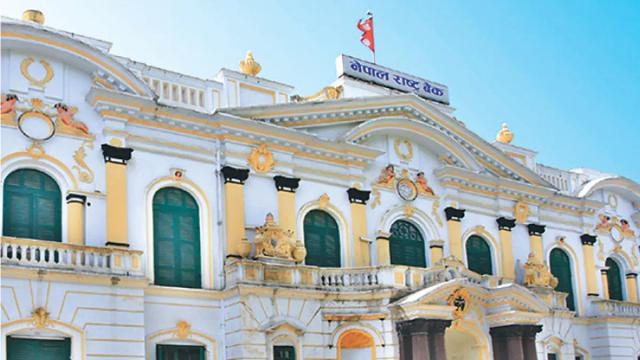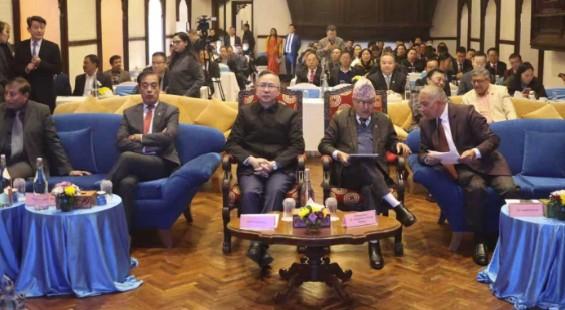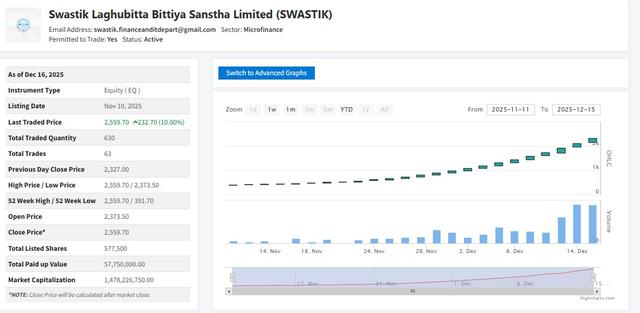Women Entrepreneur Loans Cross NPR 62 Billion
Author
NEPSE TRADING

The government’s flagship Women Entrepreneur Loan Scheme, introduced to economically empower women through subsidized financing, has seen a sharp rise in participation. According to Nepal Rastra Bank, as of the end of Baisakh 2082, a total of 60,937 women have accessed the scheme, with cumulative loan disbursements exceeding NPR 62.21 billion.
While the program’s reach is expanding, concerns are growing over loan recovery. Data shows that more than NPR 23.56 billion, or 37.87 percent of the total approved loans, remains unpaid. The rising outstanding amount has raised serious questions about the scheme’s long-term effectiveness and repayment discipline.
A major share of the loans — over NPR 50.85 billion — has been distributed by Class A commercial banks, accounting for more than 82 percent of total disbursement. Development banks (Class B) have disbursed NPR 10.36 billion to 9,445 borrowers. However, participation from Class C microfinance institutions remains minimal, and Class D financial institutions have only marginal involvement, signaling a lack of rural outreach.
This data underscores a critical gap: although the scheme is gaining popularity, it remains largely urban and commercial bank-centric. There’s an urgent need to push the program deeper into rural and marginalized communities, where financial exclusion is highest.
Though the scheme’s goal is to promote female entrepreneurship, field reports suggest a significant portion of the loans may not be used for productive business purposes. Many women lack formal business training or market knowledge, leading to fund diversion toward household expenses, debt repayment, or emergency needs. This deviation from the scheme’s original intent raises concerns about monitoring and guidance.
Banks often release loans but fail to establish robust follow-up mechanisms. Without regular monitoring, repayment performance suffers. Many borrowers also lack financial literacy and business experience, which further complicates timely repayment. This weak institutional support may lead to escalating defaults if not addressed promptly.
While the scheme has significantly contributed to improving women’s access to finance, its sustainability depends on structural reforms. Banks must integrate training, market access support, and financial counseling into their loan packages. Additionally, expanding the scheme through cooperatives and microfinance institutions can enhance reach in remote and rural areas.
The Women Entrepreneur Loan Scheme stands out as Nepal’s largest and most participatory subsidized loan program to date. But growing repayment delays, misuse of funds, and weak oversight mechanisms cast a shadow over its future. The numbers are impressive — but the focus must now shift from quantity to quality.
Unless the government and Nepal Rastra Bank urgently act to tighten monitoring, build borrower capacity, and decentralize access, the vision of empowering women through entrepreneurship risks becoming another well-intentioned policy lost in paperwork and poor execution.



